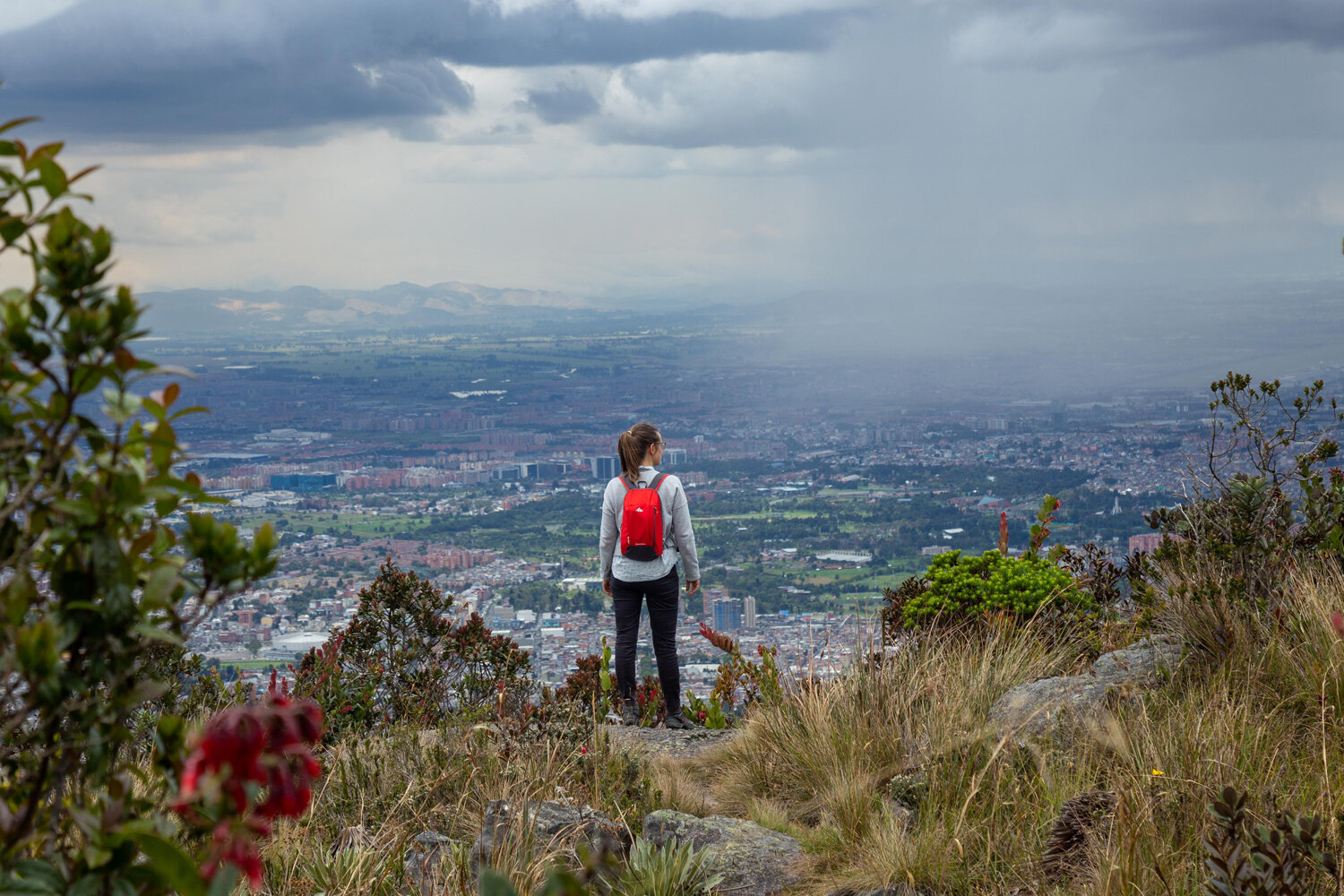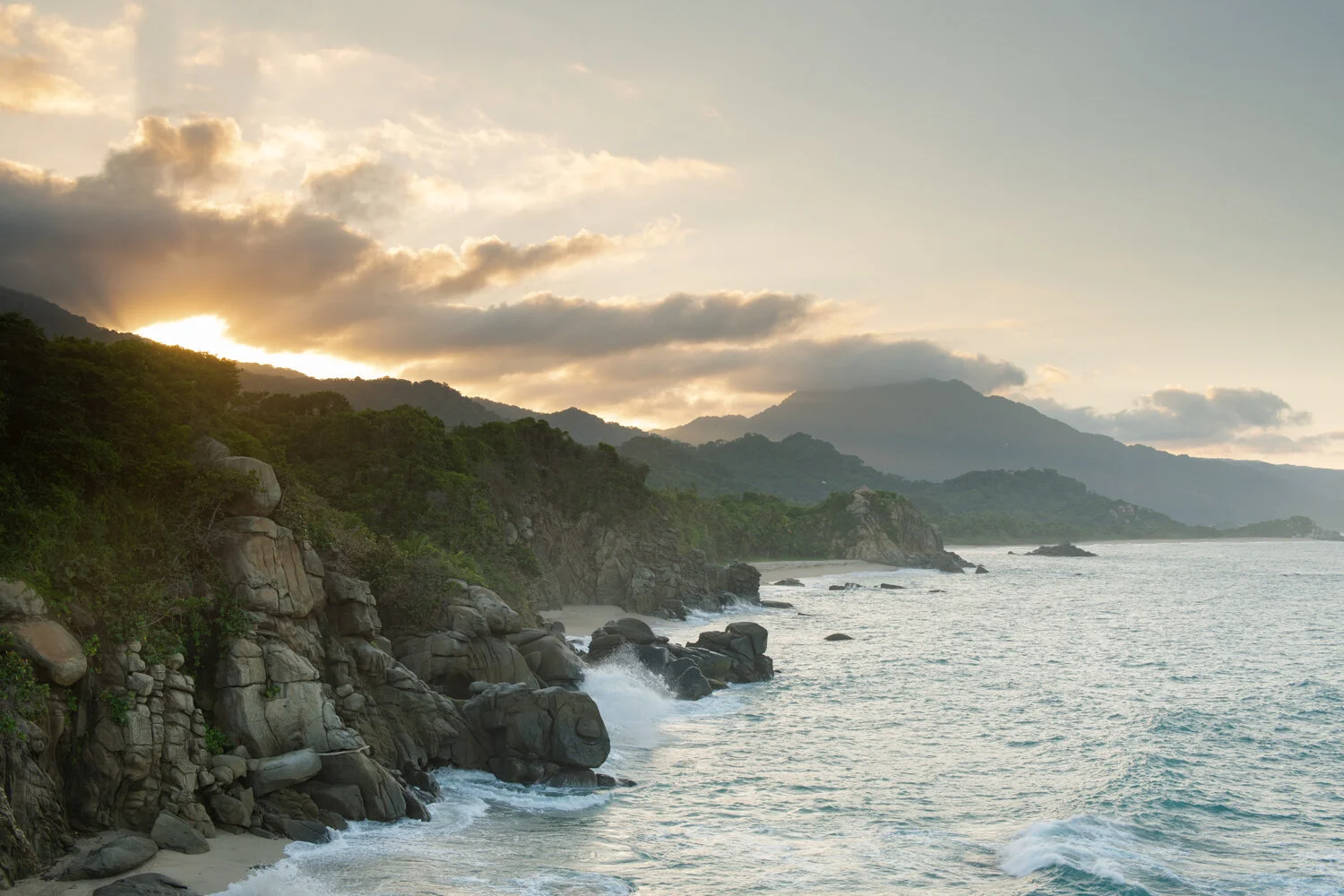Top 10 Birds That You Can Only Film in Colombia
Go Check Our: 10 Animals That You Can Only Film In Colombia
Colombia is the most bird-diverse country on earth, and is home to almost 2,000 bird species, of which at least 83 are endemic.
Thanks to a diverse range of habitats and ecosystems, as well as geographical isolation in regions like the Magdalena Valley, Santa Marta Mountains, and the Cauca Valley, Colombia is home to a crazy number of birds which cannot be filmed anywhere else on earth.
Perhaps the most exciting thing about filming birds in Colombia is that it is perfectly possible to capture the best footage that exists of a species: an example is the Perija Tapaculo, of which WhereNext recorded the first professional footage during the production of The Birders.
Species new to science are still being discovered and ones that were thought to be extinct have been rediscovered in recent years (recently rediscovered, the Blue-bearded Helmetcrest, have still never been filmed professionally). A probable new species of antshrike is being studied in the jungles of Guainía department while the Antioquia Brushfinch, a species which had not been recorded since the 1970s, was recently rediscovered near Medellin. As Diego Calderon put it in The Birders: “In Colombia, we are still living in the Victorian times of exploration.”
Not only is Colombia an incredible place for birding, it is also one of the best places on earth for filming rare and endemic bird species.
Here are 10 examples of beautiful birds that you can only film in Colombia:
Santa Marta Parakeet
1. Santa Marta Parakeet
This colourful parakeet is one of an incredible 23 endemic species found in the Sierra Nevada de Santa Marta Mountains. Classified as ‘Endangered’ by IUCN, the Santa Marta Parakeet is threatened by habitat loss and inhabits subtropical montane forest between 2000-3200m. This species moves in small, wandering flocks and can be extremely difficult to see well. While filming The Birders in the Santa Marta Mountains, we were lucky enough to capture wonderful footage of these rare birds feeding on eucalyptus trees (which, as Nick Bayly points out in the film, is evidence of their heartening ability to adapt to a changing environment).
Buffy Helmetcrest
2. Buffy Helmetcrest
The ‘helmetcrest’ (or Oxypogon) family of hummingbirds has four members: the Buffy, Green-bearded, and Blue-bearded are found in Colombia, while the White-bearded is unique to Venezuela. Formerly grouped as a single species – the Bearded Helmetcrest – their status was re-evaluated in 2013 and Colombia gained three new endemic species as a result. The Blue-bearded Helmetcrest was thought to be extinct, but was rediscovered in the high paramos of the Santa Marta Mountains in 2015. Seeing it requires a gruelling 50km trek, and very few people have made the journey*. However, the Green-bearded and Buffy varieties can be relatively easily filmed in the paramos of Sumapaz and Los Nevados respectively. Their colourful beards and spiky Mohawk crests make these charismatic little hummingbirds some of Colombia’s most sought-after endemic species.
*WhereNext content manager Chris Bell is one of just a handful of those people, along with the star of The Birders, Diego Calderon. You can read all about Chris’ trip to see the Helmetcrest here.
Indigo-winged Parrot
3.Indigo-winged Parrot
Another Colombian endemic species which was rediscovered after being presumed extinct, the Indigo-winged (or Fuertes’) Parrot is one of the country’s rarest birds, as well as being one of the rarest of the Psittacidae family of parrots in the world. It is classified as ‘Critically Endangered’ and is highly threatened by deforestation. The Indigo-winged Parrot is confined to the Central Andes of Colombia, where it can only be seen at a few difficult-to-access sites, including Cortaderal near the city of Pereira. Filming this rare parrot is far from easy, but with the right local knowledge and a bit of luck it is possible to obtain wonderful footage of this pretty little parrot feeding on epiphytes in the branches of mossy trees.
Crested Ant-Tanager
4.Crested Ant-Tanager
Although the Crested Ant-Tanager is restricted to western Colombia, it is fairly widespread compared to many of the other endemic species on this list. While it is most commonly found on the Pacific slopes of the Western Andes (usually between 700-1800masl), there are also populations on the eastern slopes and in the Central Andes as well. They are a noisy bird, which often travels in small flocks, and are unmistakeable with their bright-red colouration and long crests. While they can be skulking and difficult to film clearly, with patience it is possible to obtain excellent shots of this beautiful species. Crested Ant-Tanagers are particularly fond of dense vegetation along streams or ravines, and they also favour second-growth forest near landslides. Habitats such as these are a good place to start when looking for this bird.
Where can you film these incredible birds? See our guide to The Top Natural History Filming Locations in Colombia
Gold-ringed Tanager
5. Gold-ringed Tanager
This large tanager is known from just a few isolated localities on the Pacific slope of the Western Andes and is perhaps one of Colombia’s most ‘in demand’ endemic species for birders and filmmakers alike due to its colourful markings of yellow, green, blue, and black. While once extremely difficult to film, it has become much easier to find as once-dangerous regions of Colombia have opened up to travel in recent years. A perfect example is Tatama National Park – this region was once a no-go zone but is now safe to visit and the tanager is relatively common there. The regional chapter of The Birders which is set at Montezuma Lodge (bordering the park) features stunning shots of this distinctive and endangered tanager.
6. Blue-billed Curassow
The Blue-billed Curassow is one of the most endangered birds in Colombia; perhaps in South America. Although its historical range extends over much of northern Colombia and the Magdalena Valley, populations are highly fragmented and there as few as 1,000 individuals left according to IUCN. Rampant deforestation and hunting threaten the curassow, and there are only a few localities left where it is possible to see and film one of these handsome, turkey-like birds. There is a strong population in Tayrona National Park, but they are shy and hard to see well. The best option for filming the curassow is at El Paujil Bird Reserve, which was created especially to conserve a large population of the species in 2004. The reserve has a captive breeding program where the birds can be seen up close, but two wild individuals regularly visit the lodge gardens, making them comparatively easy to film in a natural state.
7. Santa Marta Woodstar
Little is known about the ecology of the tiny Santa Marta Woodstar hummingbird. While the species is restricted to the Santa Marta Mountains, and seems to prefer forest borders and shaded coffee plantations, it also apparently undergoes seasonal movements. Not much more than 6cm long, this woodstar often heralds its arrival with a low buzzing noise, not unlike a bee. In fact, it is often confused with a flying insect at first glance due to its remarkably buoyant flight and this buzzing sound. The Santa Marta Woodstar often visit the hummingbird feeders at the El Dorado Bird Lodge on the northern slopes of the Santa Marta Mountains, where it can usually be filmed.
Sooty-capped Puffbird
8. Sooty-capped Puffbird
The scientific name of this endemic puffbird – Bucco noanamae – comes from the name of an Indigenous people native to the Pacific regions of Colombia and Panama. However, although this bird’s range reaches the border with Panama, there are no records of the species beyond the Colombian border as of yet. Although habitat loss mean that the Sooty-capped Puffbird is classified as ‘Near Threatened’ it is locally common in certain parts of Colombia. The best area in which to film this puffbird is the Pacific coast of Colombia, near the small town of Nuqui. It was here that WhereNext captured excellent footage of this species during a shoot for the Pacific coast chapter of The Birders.
Munchique Wood-Wren
9. Munchique Wood-Wren
As with many of its fellow wood-wrens, the endemic Munchique Wood-Wren is skulking and hard to see well, but sings loudly and beautifully from the undergrowth. Due to the isolated regions in which it is found, this species was only discovered in 2008. Sadly, due to the fragmented nature of its populations and ongoing habitat loss, it is classed as ‘Critically Endangered,’ with an estimated population of fewer than 300 pairs. The best place to observe this wren in Tatama National Park, where it is found at roughly 2200-2600masl. While filming it can take time and extreme patience, WhereNext managed to do so during the shoot of The Birders at Montezuma Lodge in 2017 (alongside another endemic species found in the area, the Chestnut-bellied Flowerpiercer).
Multicolored Tanager
10. Multicolored Tanager
The Multicolored Tanager’s name is no exaggeration: this incredibly brightly coloured bird even has a scientific name that translates as “most brilliant.” It is restricted to the Western Andes and North-central Andes, where it can be locally common, if sometimes hard to see well in mixed flocks between 1300-2200masl. The Multicolored Tanager does have a taste for visiting banana feeders and therefore it can be seen well at two sites close to the city of Cali: Finca Alejandria and La Minga Ecolodge. At both of these reserves it is possible to obtain excellent footage of one of the most beautiful birds in all of Colombia.
Filming, photography and telling visual stories about Colombian birds can be both thrilling and challenging. We recommend working with a local production company like WhereNext to ensure that your natural history filmmaking project in Colombia is produced efficiently and responsibly.




























Learn what it takes to successfully execute a birding documentary production, from what to pack to the best gear for filming wild birds in natural conditions.